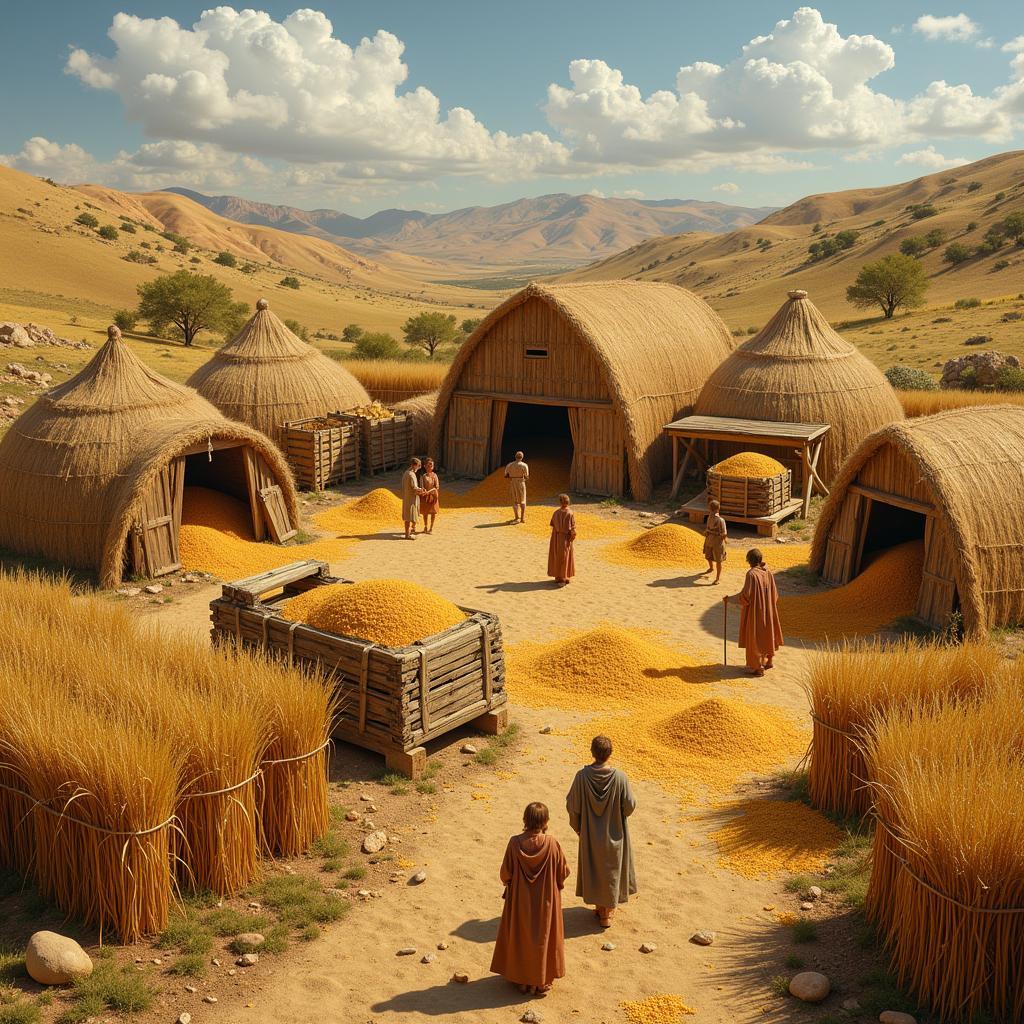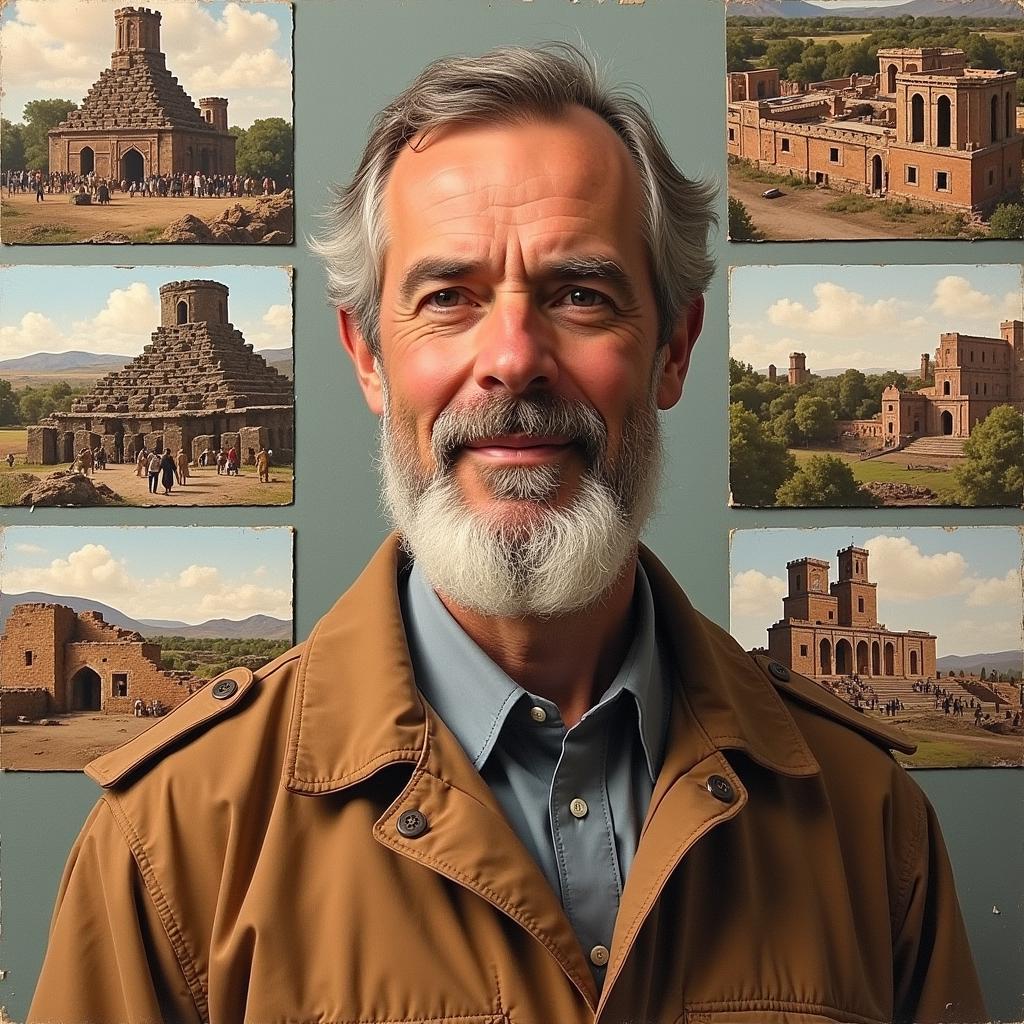In archaeologist V. Gordon Childe’s view, class societies developed as a consequence of the Neolithic Revolution and the subsequent Urban Revolution. This transformative period, marked by the advent of agriculture and settled life, led to significant changes in social organization, economic structures, and ultimately, the emergence of distinct social classes. Childe argued that these developments were not accidental but rather a result of specific technological and economic advancements that reshaped human societies.
The Neolithic Revolution and Surplus Production: A Foundation for Class Division
Childe’s theory centers on the idea that the Neolithic Revolution, with its shift from hunting and gathering to agriculture, created the conditions for surplus production. This surplus, exceeding the immediate needs of the community, became a key factor in the development of social stratification. The ability to produce and control surplus resources led to the emergence of an elite class who managed and benefited disproportionately from this newfound wealth. This control, according to Childe, was the genesis of class societies. No longer were resources shared equally; instead, a hierarchy emerged with those controlling the surplus at the top.
The development of irrigation systems, another hallmark of the Neolithic period, further intensified agricultural production and solidified the control of resources by a select few. Childe saw irrigation as a crucial technological advancement that allowed for larger-scale agriculture and ultimately contributed to the concentration of power and wealth.
 Neolithic Revolution and Surplus Production Leading to Social Stratification
Neolithic Revolution and Surplus Production Leading to Social Stratification
The Urban Revolution: Cementing Social Hierarchy
Following the Neolithic Revolution, Childe identified another crucial stage in the development of class societies: the Urban Revolution. The growth of cities, facilitated by agricultural surplus and advancements in craft specialization, further solidified social hierarchies. Cities, as centers of population and economic activity, provided the environment for specialized labor, trade, and administrative structures. These developments, in turn, reinforced the existing power structures and led to the formalization of distinct social classes.
Within these urban centers, a ruling class emerged, often associated with religious authority and control over vital resources like water and land. This class, distinct from the farmers and laborers who produced the surplus, enjoyed a privileged lifestyle and exerted significant influence over the social and political landscape. Childe argued that the Urban Revolution marked a decisive shift toward more complex and hierarchical societies.
 Urban Revolution Solidifying Social Hierarchy and Class Distinction
Urban Revolution Solidifying Social Hierarchy and Class Distinction
Criticisms and Continued Relevance of Childe’s Theory
While Childe’s model has been influential in understanding the development of class societies, it has also faced criticism. Some scholars argue that his model is overly simplistic and doesn’t fully account for the diversity of pathways towards social complexity. Others point out that the relationship between surplus production and social stratification is not always straightforward. However, despite these critiques, Childe’s work remains a valuable contribution to archaeological theory. His focus on the interplay between technological advancements, economic changes, and social organization continues to inform our understanding of how early societies evolved.
 V. Gordon Childe's Lasting Influence on Archaeological Theory
V. Gordon Childe's Lasting Influence on Archaeological Theory
Conclusion: In Archaeologist V. Gordon Childe’s view, class societies developed as a direct consequence of the Neolithic and Urban Revolutions. These transformative periods, characterized by advancements in agriculture, the emergence of cities, and the control of surplus resources, laid the foundation for social stratification and the development of distinct social classes. While his model has been subject to debate, Childe’s insights continue to shape our understanding of the complex processes that led to the emergence of class societies.
FAQs
- What is the Neolithic Revolution? (The Neolithic Revolution marked a shift from hunting and gathering to agriculture, leading to settled life and surplus production.)
- What is the Urban Revolution? (The Urban Revolution refers to the emergence of cities as centers of population, economic activity, and specialized labor.)
- How did surplus production contribute to social stratification? (Surplus production allowed for the accumulation of wealth and control of resources by an elite class, leading to social hierarchy.)
- What are some criticisms of Childe’s theory? (Some scholars argue that Childe’s model is too simplistic and doesn’t account for the diversity of social evolution.)
- Why is Childe’s work still relevant? (Childe’s emphasis on the connection between technology, economics, and social organization continues to inform archaeological theory.)
- What is a class society? (A class society is characterized by the division of people into different social groups based on their access to resources and power.)
- What was V. Gordon Childe’s contribution to archaeology? (Childe made significant contributions to understanding the development of early human societies, particularly the Neolithic and Urban Revolutions.)
Need further assistance? Contact us: Phone: 02043854663, Email: [email protected] or visit us at Zone 34, Bac Giang, 260000, Vietnam. Our customer service team is available 24/7.